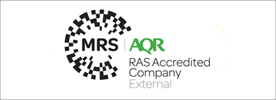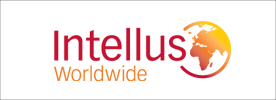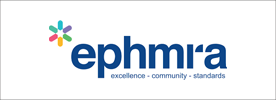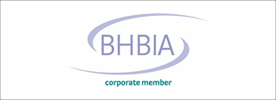
The Japanese Insurance System
Every citizen in Japan, including foreigners, is covered by public health insurance. There are three main types of public insurance – employee health insurance, National Health Insurance, and Mutual Aid Association Insurance, with public fund investment providing full insurance with the exception of advanced medical care and over-the-counter medications.
When seeking medical treatment, patients can choose their medical institution. Due to the declining birth rate and a growing elderly population, medical expenses are rising, which is leading to a rise in co-payment rates for the elderly. Until April 2008, the co-payment rate for 70-75 year olds was 10%, but increased to 20% in April 2014 for over-70s. From October 2022, anyone over the age of 75 with income higher than the threshold will see their co-payment rate for medical expenses increased from 10% to 20%.
The Insurance System and Payer Studies
Japan’s free-access scheme is currently under review, which will mean some implications to targeting for market research as patient treatment options are linked to disease severity. In line with the May 2015 Medical Insurance System Reform Act, additional fees are charged for self-referrals to large hospitals. Large hospitals (such as university hospitals or cancer centres) accept referrals from small / medium hospitals and clinics for patients who require more advanced, specialist medical treatment due to the severiyu conditions or serious injuries.
Patients who are recovering after treatment are referred back to smaller hospitals or clinics closer to their homes for ongoing care. Such “referrals” from small and medium-sized hospitals / clinics to large hospitals and “reverse referrals” from large hospitals to small or medium-sized hospitals / clinics are expected to be carried out smoothly, so that small and medium-sized hospitals / clinics and large hospitals can fulfil their respective roles efficiently, and patients can be diverted away from larger facilities. The government recommends finding a family physician (GP / PCP) from a local small or medium-sized hospital.
In Japan, at least 70% of medical fees and drug costs are reimbursable under the public insurance system. As a result, the price of each medical procedure, service or drug is determined by the government in order to control healthcare expenses.
The decision-making process begins with the MHLW (Ministry of Health, Labor and Welfare) proposing the initial draft. Next, the Central Social Insurance Medical Council (Chuikyo), is consulted to ensure the prices are reasonable. The Chuikyo consists of 30 committees of advisors and decision makers.
Healthcare providers apply for reimbursement after receiving co-payments from the patients. Public insurance bodies then make the payments after receiving the bills. These are non-profit making, and are required to follow government policies - they’re not allowed to tailor their product offerings, select which patients they cover, or negotiate with providers.
Any employees of these government or public agencies are prohibited from participating in MR studies, or if they are allowed, are strictly limited in the information they can disclose. This can result in very low feasibility for payer studies in Japan.
Even though payer-advising KOL recruitment may not be feasible in many cases, it can be possible to achieve targets depending on the study topics and criteria. An example screener question could be: Have you been involved in an advisory role to payers on budgets, spend, or reimbursement of drugs?
Are you interested in conducting quantitative or qualitative studies in Japan? Download our guide Healthcare Market Research in Japan and get access to multiple insights from our APAC market expert Demi Liu.





